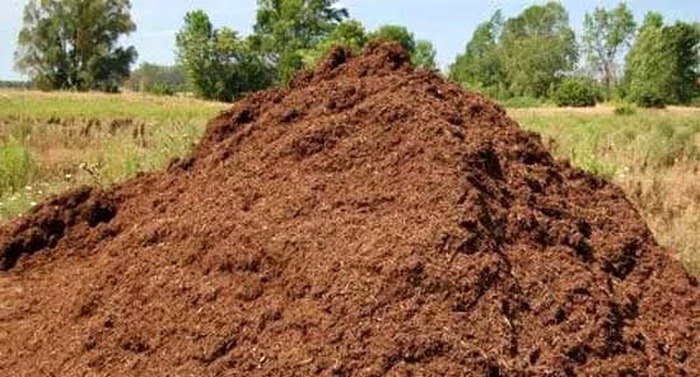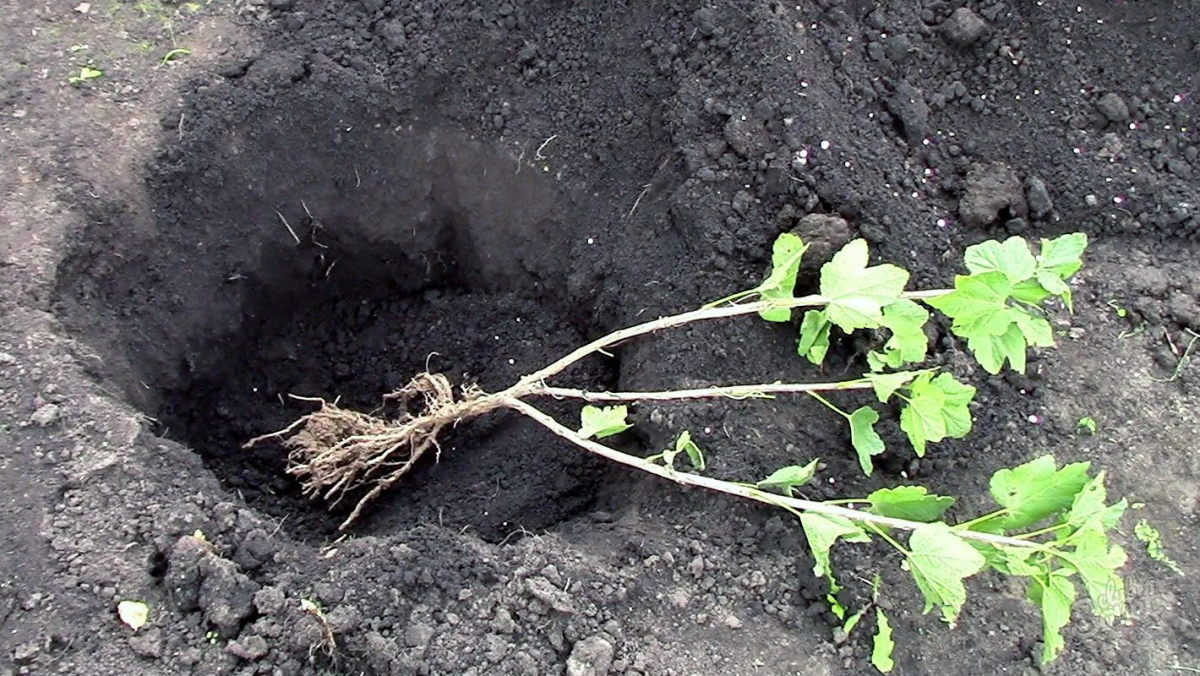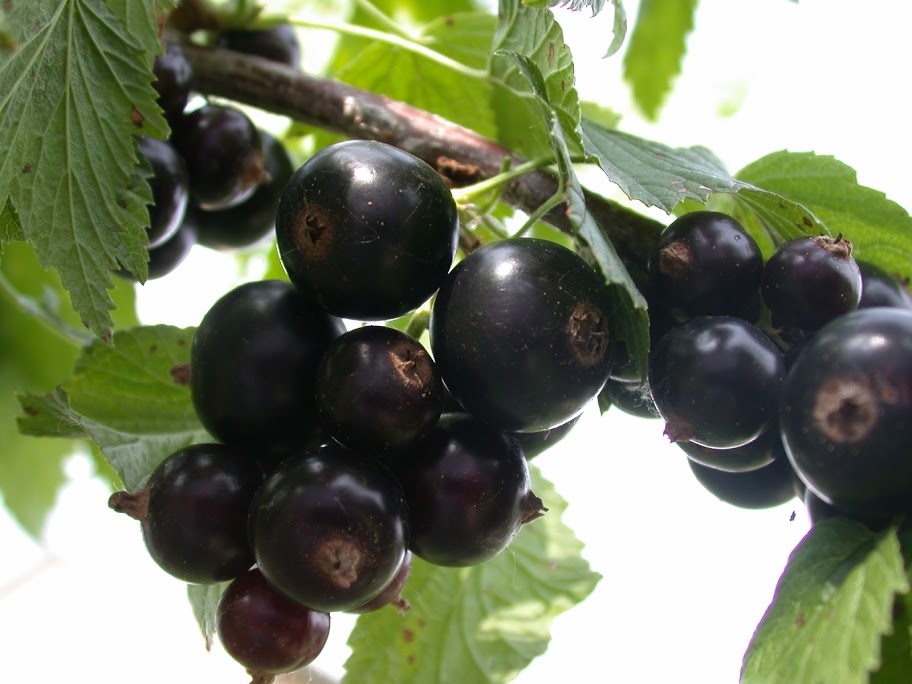Content:
Blackcurrant is a very versatile berry. It is suitable both for lovers of sweet soft fruits and for lovers of more acidic vitamin varieties. Currants gained popularity among gardeners not only for the variety of tastes, but also for the ease of growing. Most varieties do well in northern regions with short, cold summers and in the south, where long-term dry periods often occur.
History of creation
Black currant Black bagira belongs to the development of Russian selection and has been one of the most popular varieties for almost a quarter of a century. Variety trials have been going on since 1986 at the All-Russian Scientific Research Institute named after I.V. Michurin. The entry in the State Register appeared in 1994 after the successful crossing of the Belarusian (Minai Shmyrev) and Swedish (Bredthorpe) varieties. After zoning the variety, the recommended growing regions were designated: Srednevolzhsky, Volgo-Vyatsky, Siberia and the Urals, including the Kemerovo, Novosibirsk and Omsk regions, as well as the Krasnoyarsk Territory.
Characteristics and features of the variety
Bagheera belongs to mid-season varieties. Full ripening of berries occurs in the third decade of July - the first decade of August. The bushes grow to a height of no more than 150 cm, have a lush crown. Branches grow sideways. The leaves are large, fleshy, with clear veins, grow densely on a branch, so the bush looks thick. The foliage is dark green. The leaves are very tightly attached to the branches, so they fall off one of the last on the site. This varietal feature is especially useful for those summer residents who brew tea from currant leaves, as it allows you to collect the leaves until the first frost. Flowers have an elongated glass shape, are located on the brush in groups of 5-8 pieces. The berries are perfectly round, in rare cases slightly flattened. The skin is bright black, glossy, dense in texture. The pulp is juicy, very sweet with a subtle sour note. The largest fruits grow up to 2 cm in diameter. Fruits and leaves have an intense aroma.
SmoroDina Bagheera: description
| Characteristic | Value |
|---|---|
| Productivity of 1 bush | 4.5 kg |
| Bush height | up to 1.5 m |
| Fruit weight | 1.1 - 2.3 g |
| Assessment of taste on a 5-point scale | 4,5 – 5 |
| Self-fertility | 67 – 70 % |
| Vitamin C content per 100 g. | 170 mg |
| Pectin content | 0.012 |
| Sugar content | 8,8 – 12,1 % |
| Bush lifespan | 10 - 12 years old |
Agricultural technology of cultivation
Boarding time
- Autumn planting should be carried out before mid-October so that the seedling has time to put down new roots. This method is recommended for beginners, since there are practically no problems with the survival rate of the bush;
- Spring planting must be carried out before the start of sap flow (until the buds swell), then the plant will quickly adapt and grow. Otherwise, the bush may either not take root at all, or development is delayed by about 1 year.
In both cases, the success of the event depends on meeting deadlines. In addition, you need to carefully consider the choice of location.
Soil selection
Currants grow best on loamy soils with moderate moisture. The presence of sunlight is mandatory, while it is advisable to choose an area where trees are located, giving an openwork light shade at midday.Leaves can be burned from direct sunlight. Heavy shade or shading for extended periods of time during the day should be avoided. In such conditions, the bushes stretch out, and the berries become sour.
Currants need to be protected from wind and drafts, so it is permissible to choose a place near a house or hedge, but you need to leave about 1.5 m to the wall so that there is free access to the bush from all sides. The composition of the soil should be neutral or slightly acidic. On acidic soils, liming with dolomite flour must first be carried out, the consumption is 300-500 g / m2, depending on the acidity level. Although currants love moist soil, stagnant water should be avoided. The occurrence of groundwater must be at least 50 cm deep. Otherwise, you need to make a drainage layer or plant a bush in the garden.
Preparatory work
In the selected area, all weeds are removed along with the roots. The soil is dug to a depth of 30 cm, all lumps are broken. Planting holes are formed: the distance between the holes is 1.5-2 m, the width is 60 cm, the depth is 40-50 cm. The bottom of the hole is covered with fertilizers: 10 kg of rotted manure or compost, 50 g of potassium, 100 g of superphosphate. In order not to burn the roots with the active components of fertilizers, a layer of earth 10 cm thick is poured on top, watered with 5 liters of water.
Sapling selection
Good planting material can only be bought in nurseries and specialized stores. The seedling should consist of 1-2 branches, 0.3 m high. The root system must be well developed, the length of the roots - 0.2 m. All parts of the seedling must be resilient, healthy, without visible damage.
Landing
The seedling is placed in the hole at an angle. The roots need to be straightened, but you cannot shake off the earthen ball. The plant is covered up so that the root collar is buried no more than 6 cm. The earth around the trunk is tamped very well and watered with 5 liters of water. Lay a layer of mulch (peat or humus) on top. All branches are immediately pruned to 5-6 buds. Pruning is done only for the outer kidney. This procedure stimulates the development of side shoots.
Care
- Pruning should be done regularly. Sanitary pruning removes rotten, old, dry and diseased branches from the bush. It is carried out at the beginning and / or end of the season when the bush is dormant. Formative pruning is needed to shape the main stems and adjust the density of the lateral shoots. An adult bush should have 5-7 main branches and 20 side branches. The main branches are formed 3-5 years after planting. In the spring, the strongest and most powerful branches are chosen, the rest are cut at the roots;
- Top dressing is required for abundant fruiting. In the first 2 years, the bush feeds on fertilizers applied during planting, and additional feeding is not needed. For 3 years, you need to form a feeding plan and strictly follow it. Autumn feeding consists of manure or compost. Application rate - 6 kg for 1 bush. Organic fertilizers replenish the strength of the bush after the past season and serve as additional protection against frost. Three main dressings are carried out at the time of bud swelling, the beginning of flowering and the formation of ovaries. The first top dressing should include nitrogen components, thanks to which leaves and shoots are formed. The second and third dressings are aimed at forming a large crop, therefore potassium and phosphorus must be added. Boric acid also has a positive effect (3 g per 10 l). Thanks to this solution, the fruits become very sweet and juicy, and the bush receives additional protection from pests;
- Watering, loosening and weeding are usually done at the same time. The main periods when watering is required: in May, when new branches are formed; late June - early July, when the berries begin to ripen; in August, after harvest. Pour about 40 liters of water under each bush. On average, watering frequency is once a week. It is necessary to adjust this indicator, depending on the presence / absence of precipitation. It is best to water the bushes in the evening. Loosening and weeding are carried out before watering.The earth softens after these procedures, and water penetrates better. Deep loosening is not necessary, 10 cm deep is enough. Removing weeds is primarily preventive. Diseases and pests are most often spread through grass;
- Diseases and pests. Bagheera is not resistant to certain fungi (rust, septoria and terry) and kidney mites, therefore, special attention should be paid to measures to protect against pests. Preventive measures often completely rid the bushes of infection. First of all, you need to remove the area from old branches, grass, leaves. In autumn, the area must be thoroughly raked and all the collected garbage must be burned. You should not plant bushes next to conifers. Pruning annually allows you to remove suspicious branches. In the fall, all the aisles must be dug to a depth of 15 cm without breaking lumps. Insects that hibernate in the soil will not tolerate frosts in frozen earth lumps. If the infection does occur, then the affected branches must be removed and burned. Before flowering and after harvesting, it is necessary to carry out processing with chemicals (Bordeaux liquid, Nitrofen, Vitriol and others). Against the kidney mite, it is necessary to carry out treatment with drugs such as Apolo or Nissoran, but only after harvest. During the growing season, you need to monitor the appearance of abnormal buds and remove them. You can also spray the bushes with a solution of garlic (100 g per 10 liters of water). For preventive purposes, the bushes are poured with boiling water (1 bucket per 1 bush). This should be done before the kidneys swell.
Advantages and disadvantages of the variety
| pros | Minuses |
|---|---|
| Delicious large fruits | Vulnerable to fungal growth |
| Stable harvest | Has no immunity from kidney mites |
| High safety during transportation | |
| Not demanding in care | |
| Adapts quickly to climatic conditions | |
| Young bushes begin to bear fruit as early as 2 years | |
| Doesn't need pollinators (self-fertile) | |
| Easily tolerates frost and drought |
Bagheera currant is a favorite dessert variety of summer residents. It is good fresh and for the preparation of pastries and desserts. The variety perfectly adapts to almost all climatic zones. Particular attention should be paid to the prevention of diseases and pests, then there are no problems with the cultivation of this shrub.














